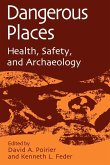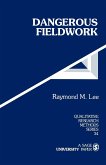Throughout history almost all traditional indigenous societies have used psychoactive substances derived from plants in religious and healing rituals. Once such plants are adopted by outsiders for profane use, the often impoverished peasant farmers who grow them are faced with a life of extreme poverty or are lured by the prospect of a very lucrative cash crop with a steady market. Before long, their cultural and physical landscape is drastically altered. The purpose of this book is to explore this issue from a variety of perspectives, ranging from opium production in Afghanistan and Pakistan to peyote gardens in south Texas.
Hinweis: Dieser Artikel kann nur an eine deutsche Lieferadresse ausgeliefert werden.
Hinweis: Dieser Artikel kann nur an eine deutsche Lieferadresse ausgeliefert werden.








